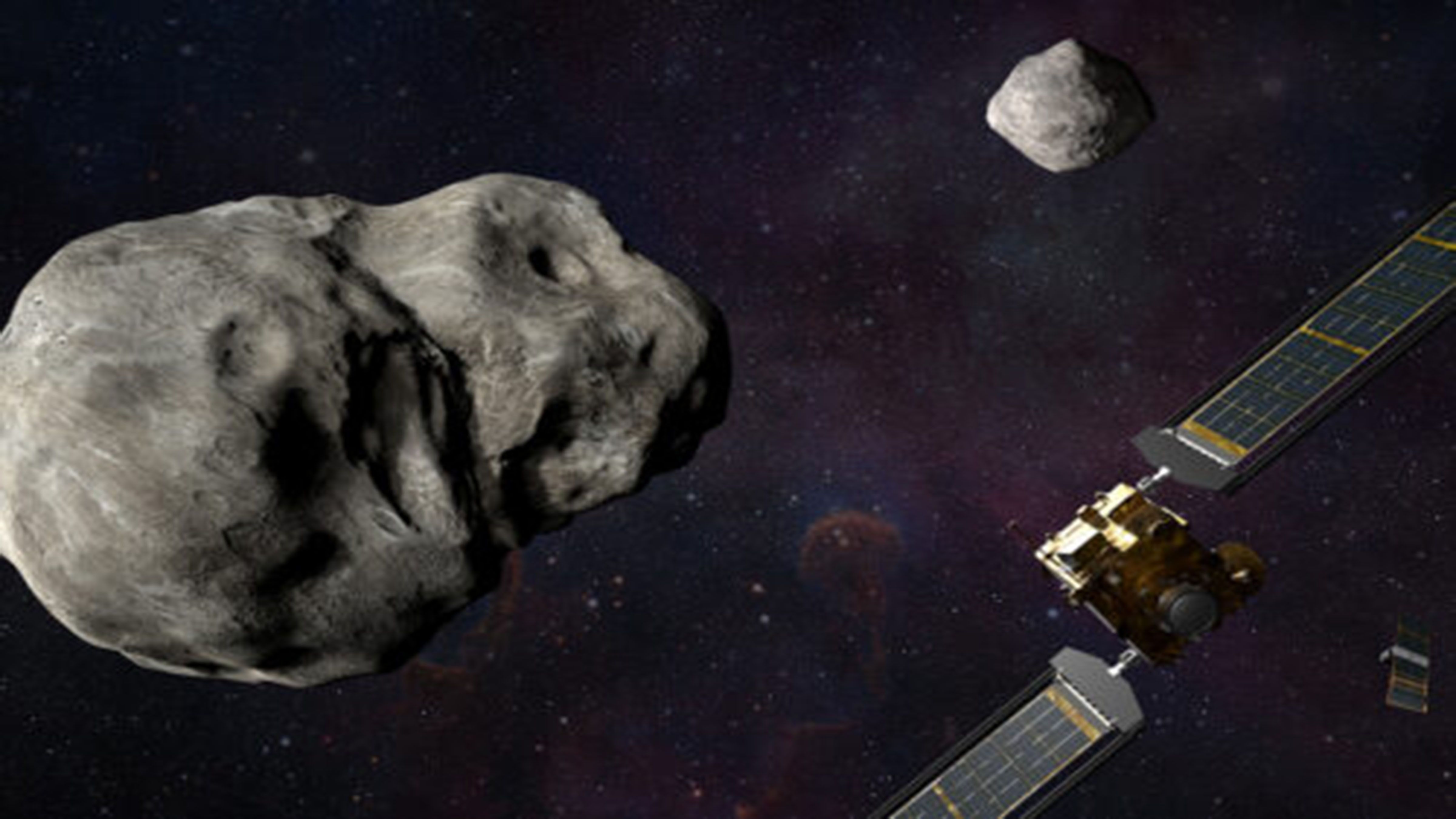The DART mission of NASA has successfully made an impact on the Dimorphos asteroid in an effort to change its trajectory and improve the Earth’s planetary defense.
The National Aeronautics and Space Administration (NASA) successfully crashed a spacecraft into an asteroid named Dimorphos in an effort to save the Earth from cosmic objects.
The Double Asteroid Redirection Test (DART) was streamed live by the United States (US) space agency to showcase to the world its planetary defense test if an asteroid collides with our planet in the future.
NASA spent seven years planning the intentional crash to explore if it could physically control a space probe to hit an asteroid and divert its course to avoid a possibly devastating impact on Earth, Philippine News Agency reported.
Dimorphos is a tiny asteroid moonlet orbiting Didymos, a near-Earth asteroid. NASA officials have said that the asteroid system poses no threat to Earth, making it an ideal target for testing a kinetic impact - which may be required if an asteroid is ever on track to hit Earth.
“We’re embarking on a new era of humankind, an era in which we potentially have the capability to protect ourselves from something like a dangerous, hazardous asteroid impact,” CNN quoted Lori Glaze, director of NASA’s Planetary Science Division. “What an amazing thing. We’ve never had that capability before.”
The DART mission took off last November from California's Vandenberg Space Force Base. On Monday night, mission controllers manually guided the spaceship into the asteroid Dimorphos, which was 6.5 million miles (10.5 million kilometers) away in deep space.
The spacecraft collided with the asteroid at 15,000 miles per hour (24,140 kilometers per hour), with special cameras from an Italian space probe catching the cosmic event. The imagery caught by the cameras will not be immediately available but will be streamed back to Earth in the following days and weeks after the collision.
The goal of the spacecraft is to affect the motion of an asteroid in space, however, the DART team informed that it would take around two months for scientists to determine if the asteroid’s orbit did change.
Now that the impact has been made successfully, scientists will now take the recorded data using telescope recordings of the crash to see what difference the impact had made in redirecting the asteroid’s trajectory.
Additionally, NASA said that there are no known asteroids larger than 450 ft. (137 m) across that has a chance to smash into the Earth over the next 100 years. However, the valuable data that will be collected from the mission will contribute to Earth’s planetary defense strategies, especially understanding what kind of force can modify the orbit of a near-Earth asteroid with the potential to collide with our planet.
Tags: #NASA, #DART, #Asteroid, #PlanetaryDefense
